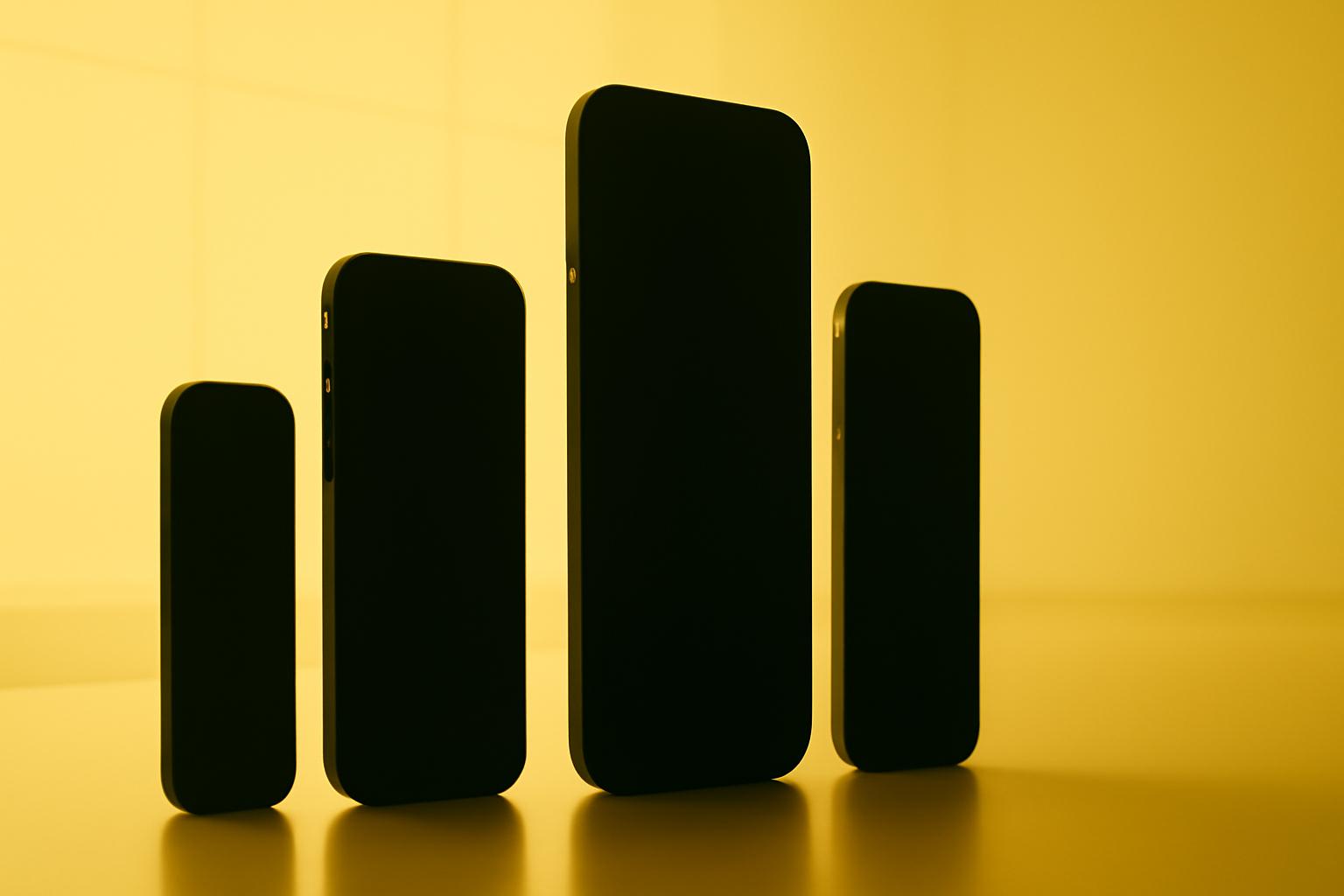Apple’s Q4 Earnings Spotlight iPhone 17 Launch
Apple’s upcoming earnings report, due Thursday, is highly anticipated by investors eager to gauge the initial market reception of the iPhone 17 series. The report will cover sales through September, capturing only about ten days of iPhone 17 availability since its launch on September 19, 2025. Wall Street optimism has surged recently based on early industry estimates suggesting strong demand, especially for the entry-level iPhone 17 and the Pro variants with enhanced features such as faster chips, improved battery life, and premium aluminum frames.
iPhone Air Sales Lag Behind Expectations
In contrast, the new iPhone Air has not matched early sales forecasts. Wells Fargo analyst Aaron Rakers highlighted a “more muted” uptake for the Air model compared to initial anticipations. This pattern is consistent with Apple’s historical challenges in selling the fourth model within its expanded four-phone lineup introduced in 2020. The iPhone Air, priced at $999, sits between the base iPhone 17 ($799) and the iPhone 17 Pro ($1,099). It features a thinner, lighter design with a single camera lens and shorter battery life, yet it is the only model with a significant design overhaul this year. While reviews have been favorable, consumer preference appears to favor the more established models.
“The existing Pro series and standard models already cover the majority of high-end user demand well, leaving little room to carve out new market segments and positioning,” noted supply chain analyst Ming-Chi Kuo.
Additionally, reports from Japan’s Nikkei newspaper indicate Apple has drastically cut component orders for the iPhone Air while increasing orders for other iPhone models. However, the device did see a rapid sell-out in China after its later release there, suggesting regional variability in demand.
Fourth Model Challenges Persist in Apple’s Lineup
Since Apple transitioned to a four-model lineup in 2020, the fourth model has consistently underperformed compared to the base and Pro versions. The iPhone Mini was replaced by the iPhone Plus, which in turn was supplanted by the current iPhone Air iteration. Goldman Sachs analyst Michael Ng observed that shipping lead times for the iPhone Air initially lagged behind the iPhone 16 Plus but have since increased, indicating a demand level comparable to its predecessors.
iPhone Air as a Prelude to Future Designs
The iPhone Air’s slim form factor has sparked speculation that it could be a precursor to Apple’s anticipated foldable iPhone, expected in 2026. Its design resembles half of a folding device and may serve as a testbed for consumer interest in new form factors. Goldman Sachs projects that Apple’s innovation pipeline includes a foldable iPhone next year, followed by an all-screen model in 2027, indicating a commitment to keeping the iPhone portfolio fresh and relevant.
“Apple has the ability to maintain the relevance of smartphones through form factor updates,” said Michael Ng, Goldman Sachs analyst.
While the iPhone Air’s slower sales might disappoint some investors, the broader strength of the iPhone 17 lineup could offset concerns, signaling that Apple’s core products remain in strong demand.
FinOracleAI — Market View
Apple’s Q4 earnings will provide critical insights into the iPhone 17 series’ market reception. Early indicators suggest robust sales for the base and Pro models, while the iPhone Air faces challenges in gaining traction. This dynamic underscores Apple’s ongoing struggle to diversify its lineup successfully beyond its core offerings.
- Opportunities: Continued strong demand for iPhone 17 and Pro models may drive revenue growth beyond fiscal 2022 peaks.
- Risks: Persistent underperformance of the fourth model could signal limits to lineup expansion and innovation acceptance.
- Innovation potential: The iPhone Air’s design may pave the way for foldable iPhones, offering new growth avenues.
- Geographic variability: Strong sales in China highlight potential for regional market opportunities.
- Investor focus: Market reaction will hinge on Apple’s commentary about demand trends and product mix.
Impact: Apple’s core iPhone models continue to drive sales momentum, mitigating concerns over the iPhone Air’s slower uptake. The company’s ability to innovate form factors and diversify its portfolio remains key to sustaining long-term growth.













